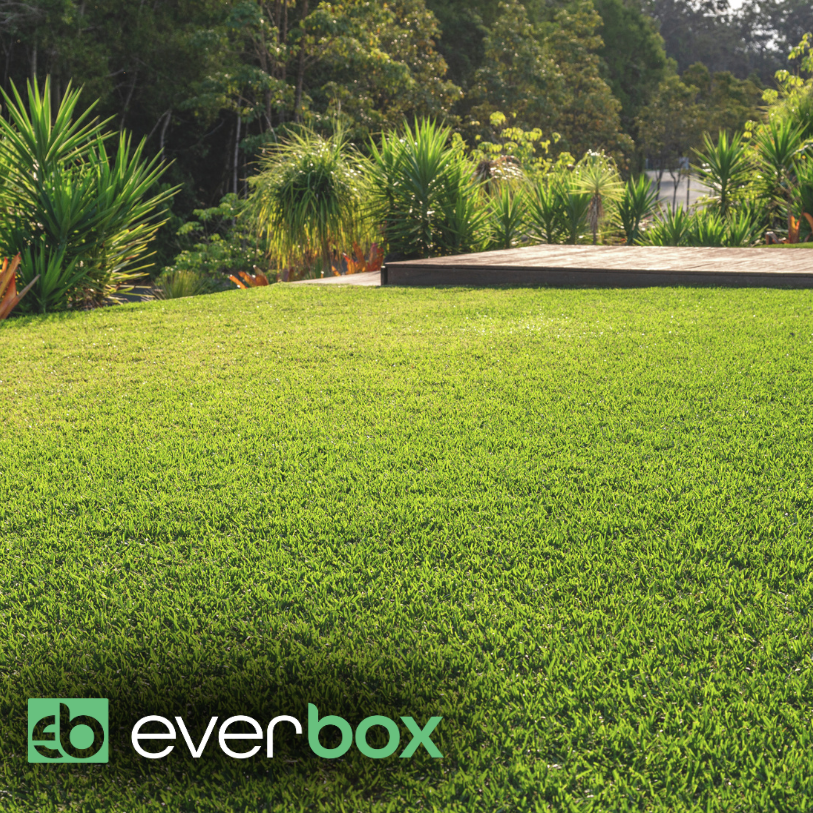Use code FIRST10 to get 10% off your first online order. FREE SHIPPING on orders over $120 + Flat Rate Shipping. Dismiss
Skip to content
Advice from Everbox Pty Ltd | Lawn Health & Maintenance

Fertilising your lawn is one of the most important steps to keeping it green, healthy, and resilient throughout the year. But timing and technique matter – a lot. Apply fertiliser at the wrong time or in the wrong way, and you might do more harm than good.
In this guide, Everbox explains exactly when and how to fertilise your lawn based on your grass type, climate, and seasonal needs – plus tips on product types, application methods, and how to avoid common mistakes.
Just like any plant, grass needs a balance of essential nutrients to thrive. These nutrients – particularly nitrogen (N), phosphorus (P), and potassium (K) – help promote strong root systems, rapid growth, disease resistance, and colour.
Other helpful nutrients include:
While lawns can naturally access some nutrients through soil, they often need a nutrient boost to maintain optimal health – especially in high-traffic areas or sandy soils.
Fertilising your lawn can help:
Best time to fertilise: Late spring through early summer
These grasses thrive when soil temperatures rise, so applying fertiliser in spring kickstarts green-up and strengthens roots heading into summer.
Best time to fertilise: Autumn
Cool-season grasses grow best in cooler conditions. Fertilising in autumn helps store nutrients over winter and supports a strong spring recovery.
Fertilisers come in different formulations, each suited for specific lawn goals:
Always follow the product label, which will list the recommended application rates based on lawn size and condition. Over-fertilising can burn your lawn or cause nutrient runoff, while under-fertilising may lead to poor performance.
Over-Fertilising
Too much fertiliser can scorch the lawn and damage roots. If you’ve overdone it, water deeply and frequently to dilute salts and allow recovery time before your next application.
Wrong Product for the Season
Using high-nitrogen fertilisers in winter or cool weather may promote weak growth that’s more susceptible to disease. Choose seasonal blends with the right nutrient ratios for the time of year.
Poor Timing with Weather
Don’t apply before heavy rain or during windy conditions – this reduces effectiveness and can spread chemicals to non-target areas.
Fertilising your lawn doesn’t need to be complicated. With the right timing, product choice, and application method, you can support a strong, green, and weed-resistant lawn all year round.
Need help choosing the right fertiliser for your turf type or climate? Get in touch with the Everbox team – we’re here to help you grow better.
From backyards to broadacre farms, Everbox offers an extensive range of premium garden and lawn care solutions — everything you need to cultivate, maintain, and protect your green spaces. Get free delivery on orders over $120, all across Australia.